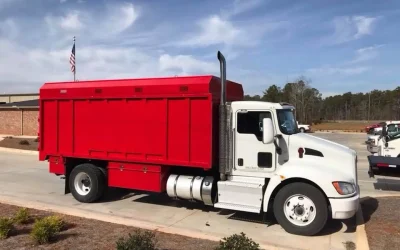Terminology can be as confusing as foreign languages where one person is asking for what they want and the listener is thinking they want something else. “Tube” is but one example of possible confusion over meanings.
Tube
Ignoring some of the more obscure usage of the word, a tube is basically a long, hollow cylinder that can either carry or hold fluids (liquids, or gases – when empty, it might either have air or, a vacuum in it). In this sense, a tube can be open at both ends, or closed at one end depending upon its final use requirements. This is more or less the meaning that people in the process industries or the oil and gas sector put upon the word. However, there can still be some confusion when they change the words into the likes of pipe or tubulars (the latter is a well used term in the “oil patch”).
Buying tube should be simple, it will have an inside diameter, a wall thickness that defines it outside diameter and a length. As well as these basic dimensions, the buyer will need to describe what he wants done at each end of the tube. Finally, for metal tube, what metal does he wants it made from (strictly speaking, it may also be advisable to also specify the method by which it has to be made).
If the buyer is erecting something like a new oil refinery, he can probably purchase all his tubes direct from a manufacturing plant – tube is made in a number of different ways. However, the average buyer is unlikely to need the large quantity that a maker will demand as a minimum order quantity. In that case, the tube should be sourced from a stockist or distributor.
Inconel
Inconel is a registered trade name from Special Metals Corporation that covers a family of nickel-chromium (with other elements) superalloys that are suitable for high temperature use and are also highly resistant to chemical attack and corrosion. Inconel 625 is the designation for one of these grades.
For applications that require a Inconel 625 Seamless Tube, dimensions are going to be the main obstacle to any purchase and, this should be overcome by sensible thought at the design stage. However, problems might plague a manufacturing company that mainly produces small quantity machined items that are cylindrical in nature but only relatively thin walled and short in length – as are many component spare parts that go into process plant made from Inconel 625 which demands that the same metal be used for these components.
To make such components from solid bar means machining out the center and throwing it away as scrap. If tube were available in sizes close to the finished component, there would be less scrap, even if it meant parting off individual lengths from a long tubular piece. If there is no such Inconel 625 Tube in stock, it might be possible to use forged rings as raw material or, another alternative would be to look at what the metal trade call hollow bar.



